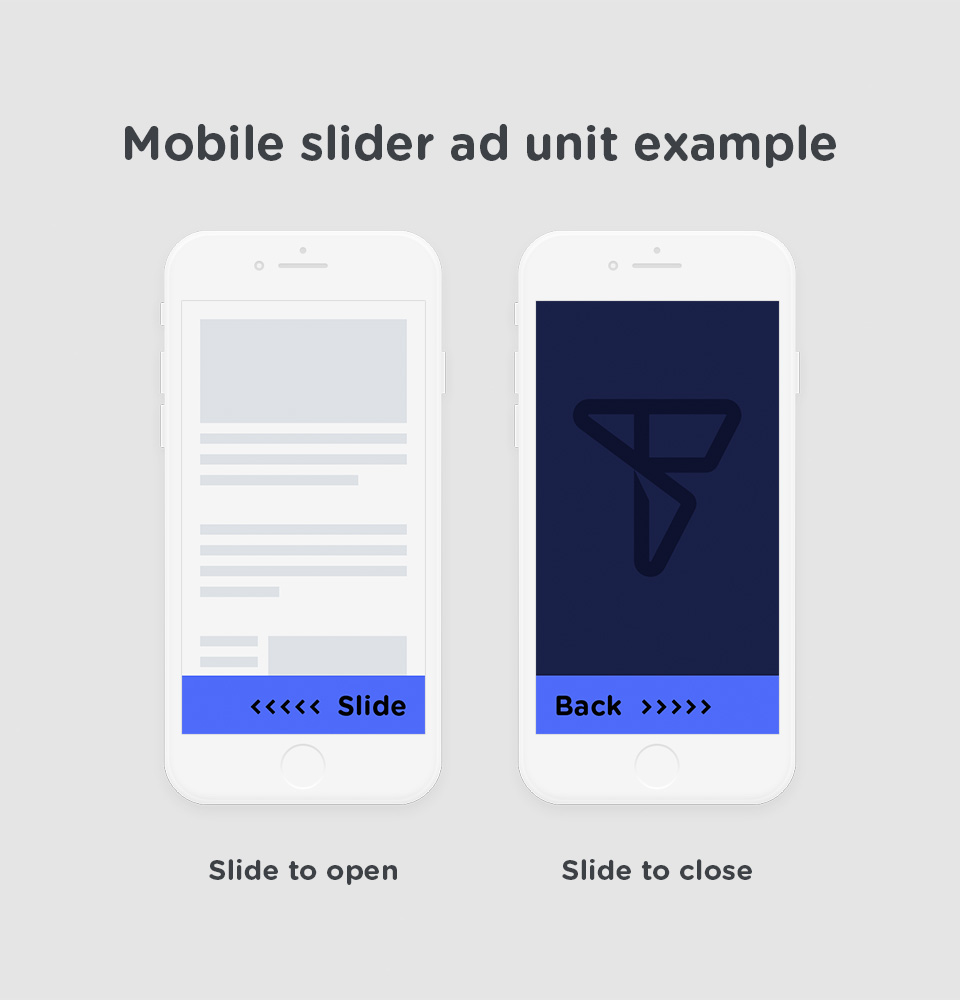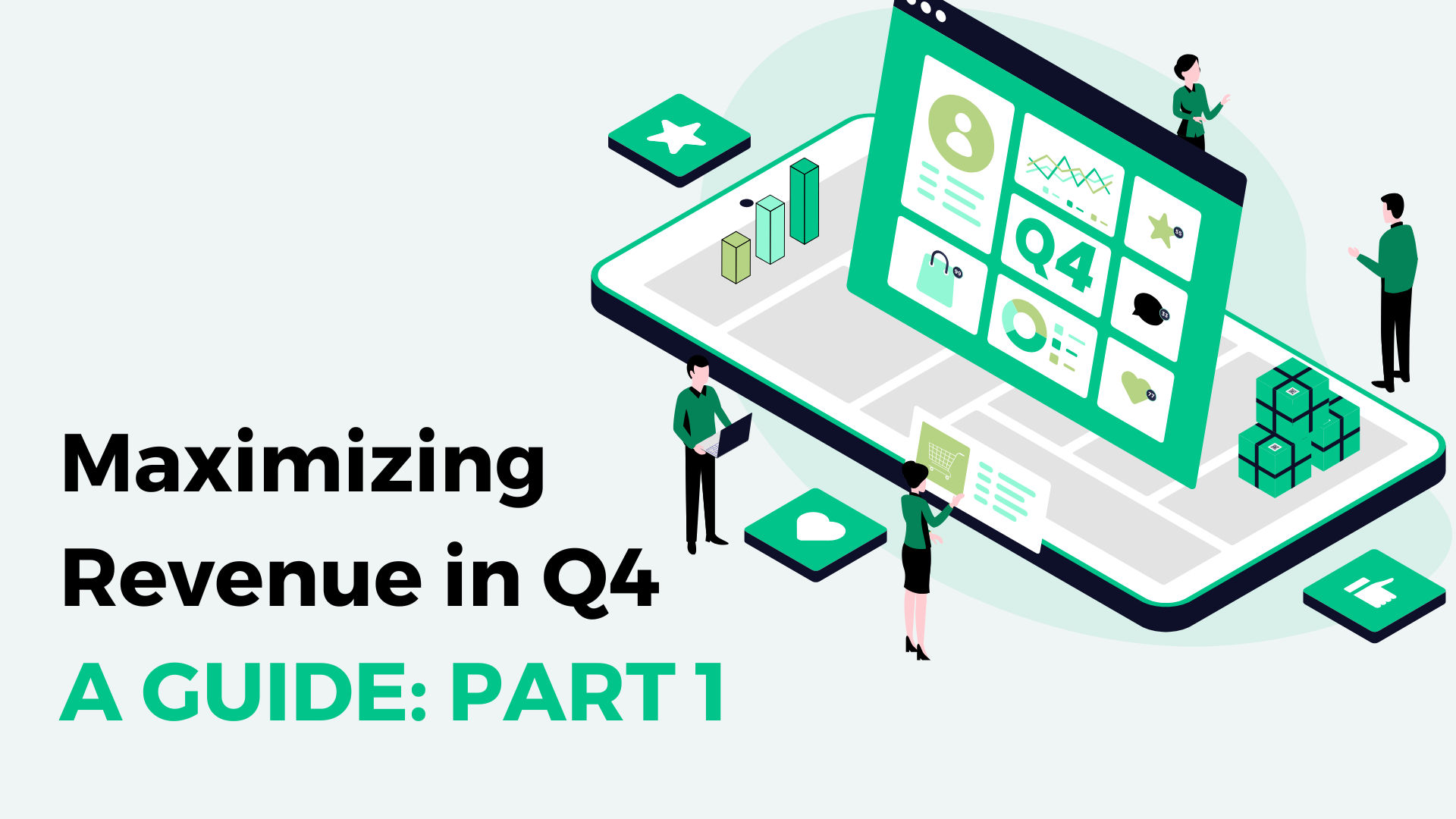In an average day, 80% of us will use a smartphone to perform a search, send a text, or check social media.
According to a recent study by Google, in that same group of people, a whopping “40% of people search only on a smartphone in an average day as they look to meet immediate needs”. These numbers make it very clear that publishers need to focus more than ever on improving their overall mobile experience and specifically mobile advertising.
Here are 5 things to keep in mind:
1. Make sure not just your website, but your IAB ad units are mobile optimized.
It seems a simple thing to pay attention to but is arguably the first step publishers need to take to ensure a seamless display experience across desktop and mobile. There is a suite of mobile units available to publishers that ensure ads are optimized or responsive for the environment they are getting viewed on. For those looking to control the size of their ads, mobile optimized units are the way to go. For example, if your site supports a 728×90 on desktop, test a 320×100 and 320×50 in this same ad spot to optimize the unit for mobile. If you’re working with AdSense responsive ad units, where the ad automatically changes size to fit the screen it is getting viewed on, there are technical considerations to look at to make sure your ads are working correctly and appearing normal across devices.
2. Test non-standard ad sizes and new formats to see what works for your readers.
Beyond standard IAB units, there are quite a few innovative ways to up your mobile advertising game. Last year IAB took a look at the “Scroller” ad unit – a full page mobile ad that is dismissed simply by continuing to scroll down the page. While not a standard IAB unit yet, the idea behind the ad is to give brands a high-impact mobile unit for storytelling while keeping the user experience in mind. If this ad seems too much to start with, take a look at the IAB mobile rising stars. There are other options like the sticky footer ad and scroller ad which are aimed at increasing mobile viewability while keeping ads unobtrusive to mobile users. The key here is to test each unit and find a balance between revenue and user experience.
3. Stay on top of current mobile display trends and opportunities.
Just yesterday Google announced it will change its AdSense policy to allow 300×250 units above the fold on mobile sites. Previously, having such a large unit above the fold on a mobile site would have violated AdSense policies. Now Google believes these ads can be implemented in a “user-friendly” way. It’s hard to say just yet if this will be adopted across the industry as standard practice; however, it is something that should be watched and tested by publishers to ensure they’re getting the most out of their mobile advertising.
In 2016 Google announced it will begin to devalue sites with intrusive interstitials unless the interstitial met certain guidelines and only took up a “reasonable amount” of space.
4. Don’t go overboard.
I’ve listed quite a few ways for publishers to add to their mobile advertising efforts. Yet sometimes, less is more and the key is to find a balance between revenue and keeping your site readers happy. Implementing too many ads or intrusive mobile interstitials is not the way to go. In actuality, it can hurt your site’s ranking and overall revenue. In 2016 Google announced it will begin to devalue sites with intrusive interstitials unless the interstitial met certain guidelines and only took up a “reasonable amount” of space. As Google moves forward with this plan, it’s good to keep in mind how these sorts of ads can affect your ranking and site traffic.
5. This is where the industry is heading.
As the display industry moves more and more toward mobile, publishers and advertisers alike have to find the right way to tap into this exploding market. Display advertising climbed to a whopping $20.7 billion spend for the 2015 calendar year, with mobile display accounting for 66% of this increase. For 2016, eMarketer predicted mobile and video ad spending would rise an additional 45 percent resulting in a $47.95 billion spend. This same report predicts that by 2019 mobile advertising will be ⅓ of all advertising spend in the US, including print and TV. If these numbers indicate anything it is that publishers need to pay attention to their mobile advertising strategy.





